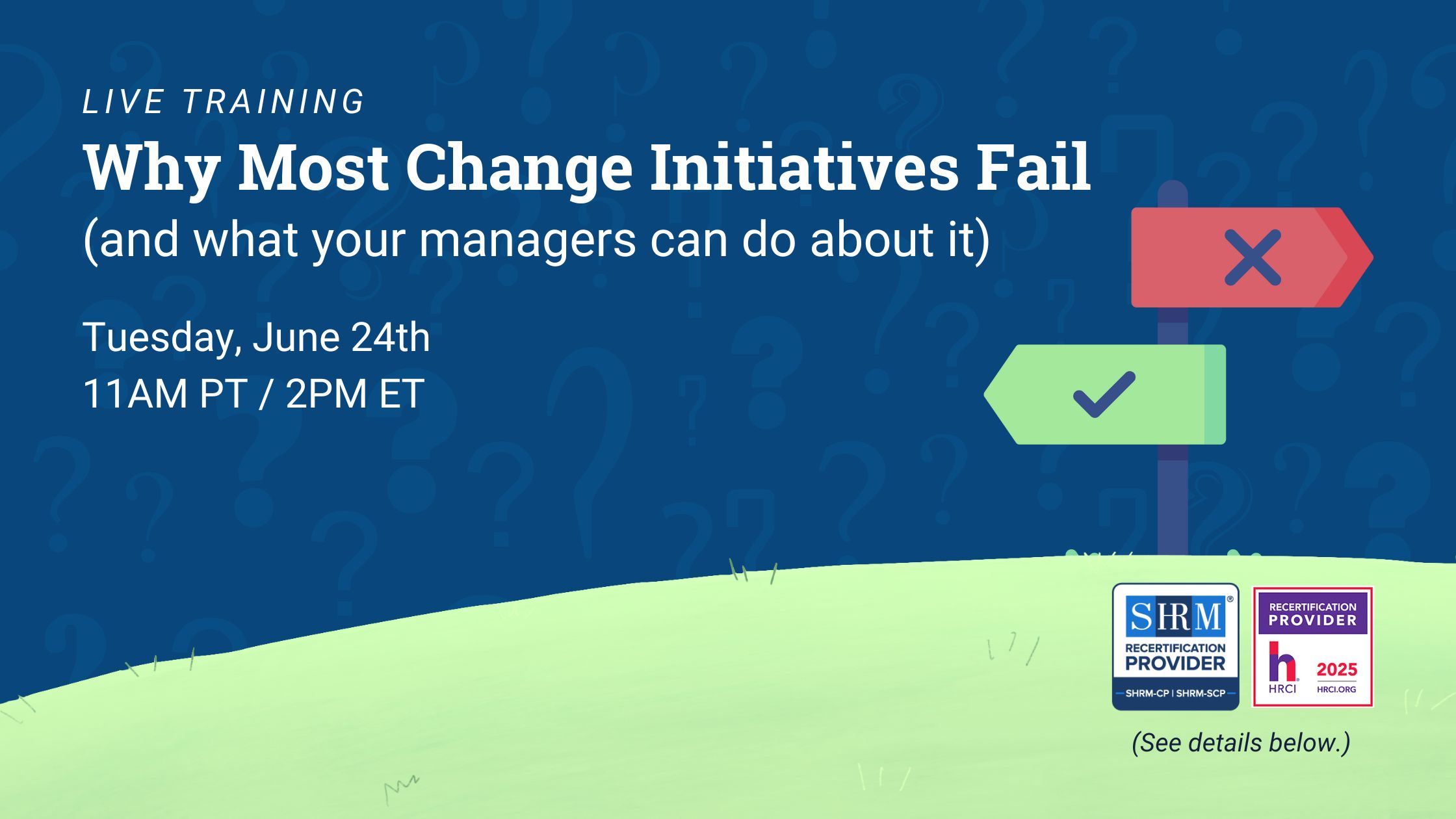Need help to ignite innovation within your team? Traditional brainstorming and feedback sessions can sometimes fall flat, leading to repetitive ideas and a lack of engagement. This article explores 12 creative and effective team brainstorming techniques to get your team thinking outside the box and generating groundbreaking ideas.
We’ll explore various methods, from classic favorites like mind mapping to cutting-edge approaches like brainwriting and rapid ideation. Whether you’re tackling a product development challenge, crafting a marketing campaign, or simply seeking fresh solutions to everyday problems, these techniques will empower your team to collaborate effectively, unlock their creative potential, and generate a wealth of new ideas to propel your business forward.
Looking to build and advance your company’s culture? Download this guide for practical tips.
What Is the Purpose of Doing Team Brainstorming Activities at Work?
Team brainstorming activities at work serve several purposes essential for the success and growth of a team and the company as a whole. They foster creativity and innovation by allowing employees to freely express their thoughts. This collaborative environment encourages individuals to think inventively, building upon one another’s ideas and leading to the generation of new and innovative solutions to problems.
Moreover, team brainstorming activities promote communication and collaboration among team members at work. By sharing perspectives and insights, team members can better understand different viewpoints and approaches, leading to more comprehensive and practical solutions. Additionally, these activities help build trust and camaraderie within the team as members work together towards common goals.
12 Useful Team Brainstorming Techniques
1. Mind mapping
Mind mapping is a versatile brainstorming technique that fosters creativity by visually organizing ideas and their interconnections. Participants branch out with related ideas, keywords, and details, starting with a central topic and creating a structured thoughts map. This visual representation aids in understanding complex concepts, revealing patterns, and sparking new associations. By allowing for non-linear exploration, mind mapping encourages divergent thinking, leading to innovative solutions. Additionally, it promotes collaboration as team members can contribute their ideas and insights in real time, fostering a sense of ownership and engagement.
2. Brainwriting
Brainwriting is a group brainstorming technique designed to overcome inhibitions and encourage participation from everyone. Here’s how it works: The group sits around a table, each with a piece of paper. The facilitator introduces a central topic, and everyone silently writes down their ideas related to it. After a set time, participants fold their papers and pass them on to the person next to them. This process continues for a few rounds, with each person building upon the ideas already on the paper they receive.
The beauty of brainwriting lies in its anonymity. Since individuals don’t have to present their ideas verbally, shyness or fear of judgment is eliminated. This allows even quieter employeees to contribute freely, potentially leading to a broader range of ideas. Additionally, building upon existing ideas can spark creativity and help participants refine their thoughts as they encounter new perspectives.
3. Brainswarming
Brainswarming is similar to brainwriting in that participants generate ideas independently. In this case, they jot them down on sticky notes or a digital platform. These ideas are then organized and clustered based on themes or similarities, encouraging cross-pollination of thoughts. By leveraging technology platforms or physical tools like whiteboards, brainswarming enables simultaneous idea generation, ensuring a diverse range of perspectives is considered and promoting inclusivity and engagement. Its non-judgmental atmosphere fosters a sense of psychological safety, empowering individuals to explore unconventional ideas without fear of criticism. Ultimately, brainswarming enhances team collaboration and accelerates innovation, making it a valuable tool for problem-solving in modern workplaces.
4. Rapid ideation
Rapid ideation is all about breaking through mental blocks and generating a large volume of ideas in a short amount of time. For example, you might set a timer for 30 seconds and have everyone in a group scribble down as many ideas as possible related to a specific topic. Focus on quantity rather than quality. Let employees know they shouldn’t get bogged down in judging or filtering their ideas—just write them all down!
This technique is particularly effective for overcoming creative inertia. The rapid pace forces participants to come up with unconventional solutions.

5. SCAMPER
SCAMPER is an acronym that stands for Substitute, Combine, Adapt, Modify, Put to another use, Eliminate, and Reverse. This versatile tool can be used to challenge assumptions and explore new possibilities for any idea or problem.
As an example, imagine you’re designing a new type of coffee mug. By using SCAMPER, you could ask yourself:
- Substitute – What other materials could be used besides ceramic?
- Combine – Could the mug also function as a travel thermos?
- Adapt – Could the design be modified for people with limited hand mobility?
- Modify – What if the mug changed color based on the drink’s temperature?
- Put to another use – Could the mug be used for something besides coffee, like soup?
- Eliminate – What features of a traditional mug could be removed?
- Reverse – What if the mug had a bottom-up drinking mechanism, allowing the user to drink from the bottom instead of the top??
By systematically working through these prompts, you can transcend mundane thinking and unlock a wealth of creative solutions.
6. Role-playing
Role-playing is a technique that allows participants to see an issue from various perspectives. For example, in a team discussing a new marketing campaign, team members could be assigned roles of potential customers, competitors, or even internal stakeholders with differing priorities. Then, they would engage in a conversation from their assigned perspectives.
7. The Five Whys
The Five Whys is a powerful problem-solving technique that utilizes a simple yet effective approach: asking “Why?” repeatedly. For example, if the issue is a malfunctioning machine, instead of simply replacing parts, you investigate why the machine isn’t working. The answer might lead you to a faulty component. But then you go further by asking why that component failed, uncovering underlying issues like improper maintenance or a design flaw. By continuing to ask “why” for (ideally) five iterations, you peel back the layers of the problem, ultimately reaching the root cause. This not only helps you fix the immediate issue but also prevents similar problems from recurring in the future.
8. Worst-possible-scenario brainstorming
Worst-possible-scenario brainstorming flips the script on traditional brainstorming. Instead of focusing on ideal solutions, the team collectively imagines the worst outcomes that could arise from the problem. For a group discussing a new product launch, this might entail envisioning a scenario where the product malfunctions, causing injuries. This thought exercise helps identify potential weaknesses and vulnerabilities in the product or plan. By proactively addressing these worst-case scenarios, the team can mitigate risks and ensure a smoother launch.

9. Gallery walk
The gallery walk is a dynamic technique that fosters collaboration and idea refinement. A wall or whiteboard is divided into sections, each containing a different team member’s idea. Participants then rotate through the “gallery,” silently reading and commenting on each idea with sticky notes or markers. This approach offers several benefits. First, it gives everyone a voice and ensures all ideas are considered. Second, by silently reading first, participants avoid the pressure of immediate judgment, allowing for more thoughtful responses. Finally, the visual format and ability to build upon existing ideas through comments encourage collective refinement and the emergence of even more robust solutions.
10. Random word prompts
Random word prompts introduce an element of chance into brainstorming, leading to surprising connections and innovative thinking. A team working on a new software application might use a random word generator to pick words like “butterfly” or “symphony.” The challenge then becomes to incorporate these seemingly unrelated words into their ideas for the software. This can lead to unexpected associations and spark creative solutions. For instance, “butterfly” might inspire an interface that emphasizes ease of use and transformation, while “symphony” could suggest a focus on seamless integration and user experience. By embracing randomness, the team can break free from conventional thinking and unlock new possibilities.
11. Six Thinking Hats
Edward De Bono’s Six Thinking Hats technique is a powerful tool for approaching problems from multiple perspectives. Imagine a team meeting where each member wears a metaphorical hat, each hat representing a different way of thinking. The hats are color-coded for easy reference:
- White Hat (Neutral Facts): This hat focuses on objective data and information relevant to the problem. The wearer seeks to gather and analyze facts without bias or interpretation.
- Yellow Hat (Optimistic Possibilities): The yellow hat encourages a positive and optimistic outlook. The wearer identifies potential benefits, opportunities, and positive outcomes associated with various solutions.
- Black Hat (Potential Problems): The black hat takes a critical and cautious approach. The wearer identifies potential risks, challenges, and weaknesses in proposed solutions.
- Red Hat (Emotional Responses): The red hat allows for the expression of emotions and gut feelings. The wearer considers how the problem or potential solutions might make people feel.
- Green Hat (Creative Solutions): The green hat is all about thinking outside the box. The wearer generates new ideas, explores unconventional approaches, and encourages creative problem-solving.
- Blue Hat (Process Management): The blue hat oversees the entire thinking process. The wearer ensures the team stays on track, manages time effectively, and facilitates a balanced use of the other hats.
The team can explore the problem from diverse viewpoints by switching hats throughout the brainstorming session. This leads to a more comprehensive understanding of the issue, a wider range of potential solutions, and a better chance of arriving at an effective and well-considered decision.
12. Figure storming
Figure storming injects a playful element into the brainstorming process by introducing the perspectives of well-known figures. A team needing help to develop a new marketing campaign might choose a historical figure like Steve Jobs or a fictional character like MacGyver The team then brainstorms how that figure would approach the marketing challenge. By considering the problem through the lens of a renowned leader or a resourceful character, the team can tap into their unique problem-solving skills and thought processes. This can lead to unconventional solutions and spark new approaches that might not have been considered otherwise. The playful nature of this technique can also help to loosen inhibitions and encourage creative thinking.
Get Started with Team Brainstorming at Work
Team brainstorming is a powerful tool for sparking innovation and tackling challenges. By incorporating these techniques into your sessions, you can transform your team meetings into idea factories, fostering a collaborative environment that propels your projects forward. INTOO offers comprehensive career development and training programs to ignite your employees’ potential at work. For more information on our offerings, contact us today!











